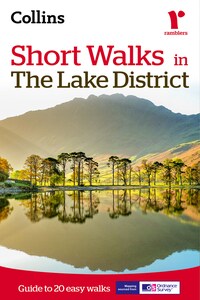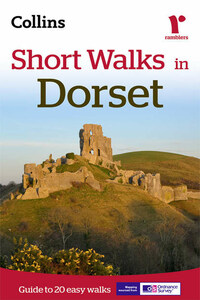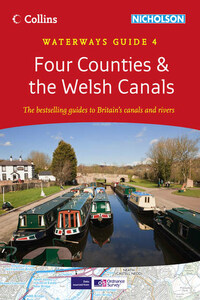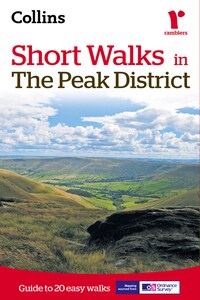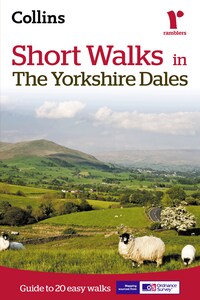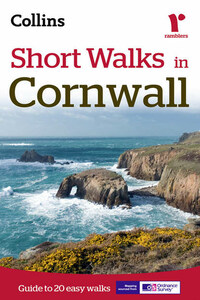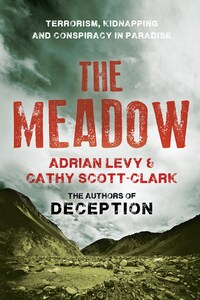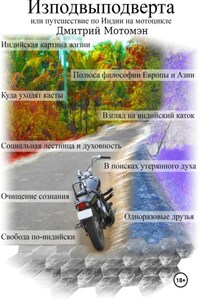Walking in the Lake District
The Lake District has a huge variety of terrain for walkers of any age and ability which has helped to make it one of the most popular tourist destinations for over 100 years – low-level lakeside walks, exposed ridge walks, strolls through forests and thrilling mountain walks. Even at the height of summer when the towns and the more popular destinations are teeming with tourists it is still possible to get away from it all and find secluded areas where the magnificent countryside can be enjoyed in relative solitude. Always keep in mind that the weather can change rapidly and a lovely summer’s day can quickly change to a torrential downpour especially at higher altitudes. Scafell Pike at 3,209ft (978m) is the highest point in England and at 10½ miles (16.5km) in length Windermere is its longest lake.
Walking is a pastime which can fulfil the needs of everyone. You can adapt it to suit your own preferences and it is one of the healthiest of activities. This guide is for those who just want to walk a few miles. It really doesn’t take long to find yourself in some lovely countryside. All the walks are five miles or less so should easily be completed in under three hours. Walking can be anything from an individual pastime to a family stroll, or maybe a group of friends enjoying the fresh air and open spaces of our countryside. There is no need for walking to be competitive and, to get the most from a walk, it shouldn’t be regarded simply as a means of covering a given distance in the shortest possible time.
What is the Lake District?
What is seen now in the Lake District still reads historically from north to south. The mountains and hills of Skiddaw Slates which lie in a curving band, from the north to the west, are covered by carboniferous limestones and sandstones nearer the coast, and reappear to the southwest at Black Combe. Because much of this material is shaley and craggy outcrops seldom occur, the fells have angular outlines. Typically of course there is Skiddaw itself (3054ft/931m) with its neighbour Blencathra (2847ft/868m). The fells to the west of Derwentwater, Causey Pike and Grisedale Pike, are of the same material, and the rock is also very evident in the fells on the east side of Buttermere, to the north and west around Crummock Water and Loweswater as well as the northern end of Ennerdale Water. There is good soil depth on these rock forms which allows trees and heather to grow naturally.
In the central Lake District, roughly north-east to south-west are the high craggy fells of the Scafells, Great Gable, the Borrowdale fells, as well as Coniston Old Man in the south-west through the Langdales and Bowfell; and eastwards through Helvellyn to High Street. Here, the shallow acidic soils do not support a rich vegetation. The alpine plants are found mainly where springs leach the minerals to the surface. The deeper soils are often covered in bracken, very beautifully coloured in autumn, but useless to the hill farmers’ sheep. From another type of rock, formed from fine volcanic sediments in water, comes the famous green slate, still quarried and much in demand for its wearing and decorative qualities. It is used for the facings of prestigious buildings. The Honister Slate Mines on the Honister Pass closed in 1986 after three centuries of production. However, it reopened in 1997 as a working slate mine and has become one of the leading attractions in the Lake District.
In the south of the Lake District the soft slates and mudstones produce an acid soil in which trees and forests find root and regenerate quite readily. The typical scenery, much in evidence around Windermere, consists of rounded hills, often with a good deal of tree cover. The Forestry Commission’s largest forest, at Grizedale is also in this area.
